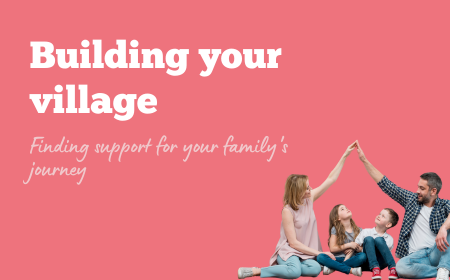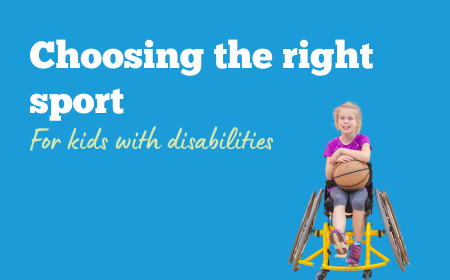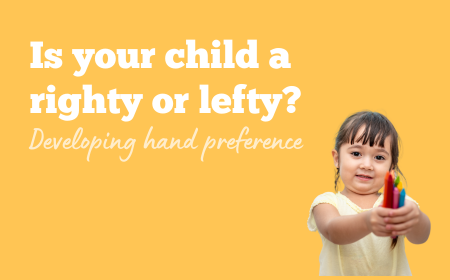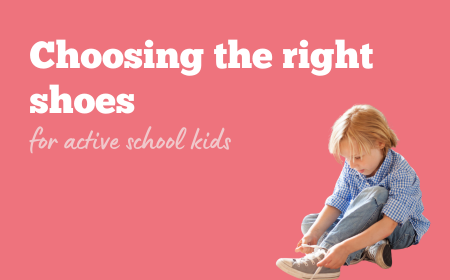Understanding Spider Cage Therapy
Spider Cage therapy is a versatile therapy adjunct used to promote movement in correct body alignment whilst partially supporting the weight of a child with external support. It forms part of our individualised therapy as well as our intensive therapy programs to assist children in improving their motor skills and achieving functional goals. Keeping therapy fun is at the forefront of our mind and Spider Cage therapy is always implemented as part of therapy in an engaging way!
How does Spider Cage Therapy work?
Spider Cage therapy uses slings, dynamic bungee cords, pulley systems and weights to enable the child to be supported in many positions such as standing, sitting, kneeling, quadruped (on hands and knees), complete suspension and allows for supported movement to occur in any of these positions. Additionally, it is used for resistance training and improving joint flexibility by using the supportive apparatus for those children that require strengthening and activation of specific muscles.
The Spider Cage allows our therapists to:
- Assist children in experiencing independent movement and developing a sense of independence
- Provide partial weight-bearing support to enhance balance skills and develop walking patterns (using treadmill training or stepping practice)
- Facilitate functional skill practice in different positions, promoting development across various milestones
- Challenge and improve balance reactions in a safe and controlled environment
- Provide hands-free facilitation for complex movements, fostering confidence and independence
- Offer safe and challenging therapy for older or larger children
- Assist children in practising falling, which helps develop protective balance reactions
- Gradually adjust support levels to promote independence and task performance
What conditions with Spider Cage Therapy help?
Spider Cage therapy is beneficial for children who struggle to maintain upright positions against gravity without support. This can be due to factors such as increased muscle tone, reduced muscle tone, weakness, impaired balance, impaired spatial awareness or impaired motor control. By providing partial weight support and facilitating movements, the Spider Cage allows children to engage in gross motor skills and experience movement that may otherwise be challenging for them.
At South West Kids Clinic, we provide Spider Cage therapy for various conditions, including but not limited to:
- Neurological conditions
- Acquired brain injuries
- Cerebral palsy and movement disorders
- Genetic conditions
- Joint hypermobility
- Scoliosis
How is Spider Cage therapy used in a session?
A Spider Cage therapy session will start with your Physiotherapist or Occupational therapist applying slings or harnesses around different parts of your child’s body. The position of the slings depend on the level of support they require and the movement we are aiming to achieve. The slings or harness are then connected to dynamic bungee cords that provide an appropriate amount of support to enable your child to experience movement with more independence and freedom. Your therapist may also add weights to the end of a cord or pulley system if we are trying to promote weight bearing or strengthening of a particular muscle/joint.
As your child gains control, strength and confidence, the pulleys, cords and weights will be adjusted to reduce the amount of support that is being provided by the external systems. This will enhance the gradual development of their strength, control and independence of movement and functional skills.
Spider Cage therapy works best when it is used alongside other therapy interventions. Our therapy team will include other therapy tools simultaneously such as treadmill training, whole body vibration, Lusiomate, and functional tasks such as jumping, hopping, throwing and catching. You will be supported to carry out home practice of skills gained from Spider Cage therapy in a safe and functional manner.
What age group is Spider Cage therapy suitable for?
Spider Cage therapy is suitable for children of various ages, ranging from toddlers to teenagers, depending on their specific needs and therapy goals. Your therapist will assess your child’s individual requirements to determine if this intervention is appropriate for them.
Is Spider Cage therapy safe for children with severe mobility issues?
Yes, Spider Cage therapy is designed to be adaptable and safe for children with a wide range of mobility issues, including those with severe impairments. The level of support and the use of harnesses, slings, and bungee cords are carefully adjusted to meet your child’s specific needs and safety requirements.
How often should my child participate in Spider Cage therapy sessions?
The frequency of Spider Cage therapy sessions will depend on your child’s specific goals and overall therapy plan. Some children may benefit from multiple sessions per week, especially during intensive therapy programs, while others might have sessions less frequently as part of a broader therapeutic approach.













